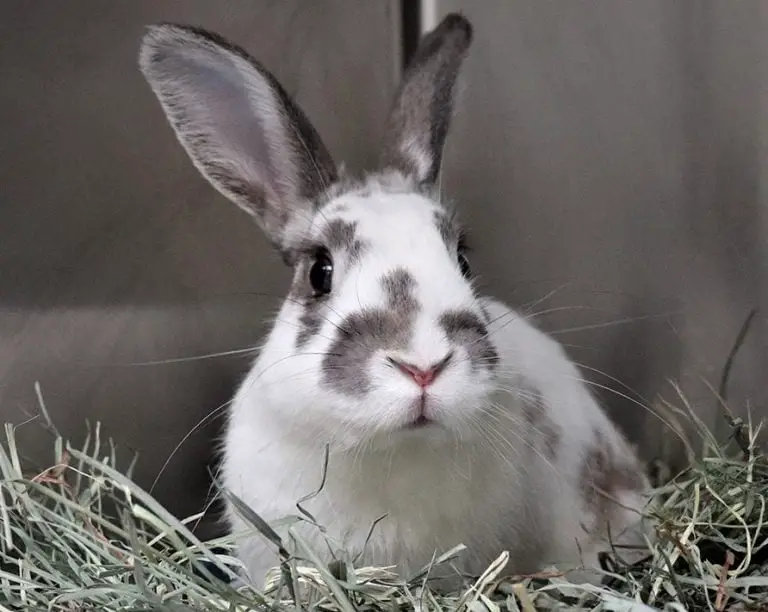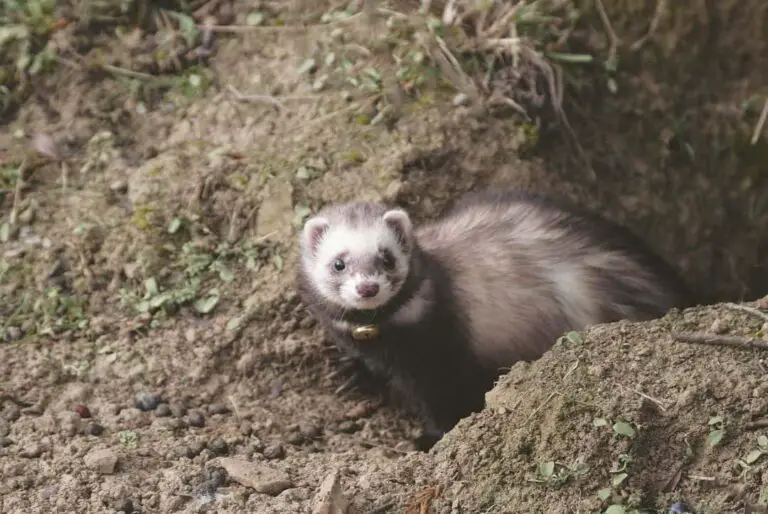Why Capybara Likes to Eat Watermelon? (Solved)

Capybaras enjoy eating watermelon, this is due to multiple specific reasons that have to do with the direct welfare of the animal, apart from the fact that watermelon is a fruit with a great variety of vitamins and minerals and carbohydrates, it is easy to eat and digest, it is also rich in fruitose which is a very important energetic contribution for the capybara, for these reasons it is one of their favorite fruits.
The capybara, being a species of amphibious habits that, on the one hand, does not present the isolation provided by an important important hairy cover (as is the case of the otter).
When in cold climates, it needs to consume foods and frutis rich in starch and lipids in order to maintain a constant body temperature with respect to the outside environment.
Although watermelon is a fruit that does not contain any lipids, it is rich in fructose. Fructose, glucose and sucrose are different types of sugars or carbohydrates.
Carbohydrates, the most important nutrient in relation to the food consumed by a Capybara in nature, these carbohydrates consumed by a Capybara are divided into structural and non-structural, and these in turn are divided into soluble and reserve carbohydrates.
The natural diet of the capybara is generally not very rich in sugar, so it is a component that is missing in their diet, in addition, the capybara is a very adaptable animal in terms of food.
Another element to note is that the Capybara feeds mostly on algae and aquatic plants, and the watermelon is a fruit that is composed mostly of water, more than 90% of the watermelon is water.
About Capybaras eating watermelon too fast
Rodents have a very peculiar way of eating, they eat fast, and if it is a food of their liking which is easy to chew they will eat it very fast, that is why it has become popular in a Chinese zoo which uses capybaras as an attraction, to which they put a big watermelon and they eat it very fast.
The staff gathers all the capybaras in the zoo and puts watermelons on the ground. Visitors could bet and guess which capybara would win the game, causing many tourists to gather to watch the capyabaras eating the watermelon.
When everything is ready, these capybaras rush towards the watermelon, and after a while, they pull the watermelon out of a big hole, and eat it very quickly.
Besides the fact that this fruit is beneficial to the capybara’s health because of its vitamin and carbohydrate content, it is very easy to digest and eat, the capybara has large sharp teeth, and it is composed mostly of water which facilitates its rapid ingestion.
More facts on capybara feeding
Balanced rations cause capybaras to gain up to 150 g per day and in the wild can cause them to gain only 50 g per day. Any other food should contain protein, vitamins, carbohydrates, salts and minerals to promote growth.
Capybaras raised in captivity also accept fruits, roots, sugar cane, corn, coconuts, banana stalks, fish waste and water hyacinth.
Capybaras living in the wild, i.e., released into the wild, feed on weeds and short grass. When in the water, they dive to eat algae. When their natural habitat is disturbed, they invade plantations such as sugar cane and cornfields.
Small capybara chicks can be fed in the same way as adult capybaras. However, their ration must be enriched with cow’s milk, roots and bread.
The capybara is a herbivorous animal with an adaptable diet
The capybara’s diet is basically herbivorous, consisting of herbaceous species, terrestrial or aquatic, compatible with its habitat of grasses and water, found in rivers, lakes, dams and marshes.
When we imagine an animal that feeds only on grasses, we may think that it is a poor diet, composed only of grass, with the exception of some other herbs, but contrary to popular belief, they can feed on more than twenty species of grasses.
In the case of capybaras, five of aquatic plants, among others, such as shrubs, which in the case of capybaras, makes them strong as they are, as the largest animal among rodents, but it is not surprising, since they prefer more grams of protein.
In times of drought, the capybara is not so selective with food, so they acquire the habit, perhaps considered somewhat repugnant by us, of feeding on their own feces to absorb the amount of protein necessary for their survival.
The Capybara is a very adaptable animal, so much so that they can be considered as pests, but when we mention their adaptation we are not only talking about their natural habitats altered by man, but consequently also about their feeding.
By adapting to plantations, they can feed on them, either on leaves, such as greens, or on denser vegetables, such as fruits and vegetables, and this is one of the reasons why they are considered pests, since this attitude ends up modifying the production of their farmers.
It is for this reason that Capybara can eat fruits such as oranges, melons, assorted vegetables such as carrots, corn, and have also been seen eating foods that are totally outside the vegetable range, such as popsicles.






